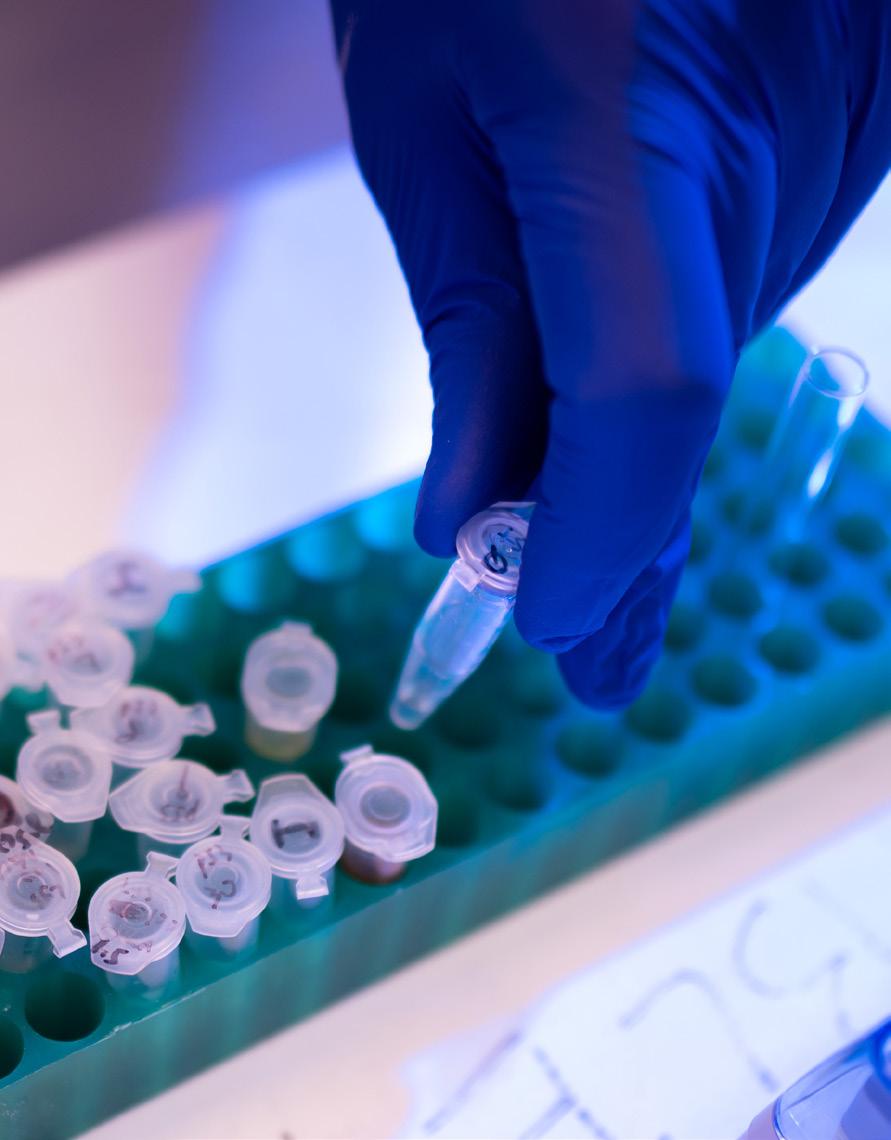
1 minute read
Houston We Have An Experiment
HOUSTON, WE HAVE AN EXPERIMENT: Cancer Research Goes to the International Space Station
Recently, Peter Vekilov, John and Rebecca Moores Professor of chemical and biomolecular engineering and chemistry, sent his latest experiment to the International Space Station. The cargo included 30 tubes of ice in which two miniscule proteins were suspended in various forms. One of the proteins, p53, protects cells from cancer. The other protein, hnRNPA, causes amyotrophic lateral sclerosis (ALS), known as Lou Gehrig’s disease. The proteins were delivered via a Space X rocket on a resupply mission.
Advertisement
According to Vekilov, Normal p53 protects you from cancer. Mutated p53 causes cancer by destroying all cancer protection mechanisms. With no gravity in space, conditions are ideal to test Vekilov’s theory about how mutated groups of p53 form into droplets. On board the ISS, astronauts thaw the tubes, then place them beneath the Light Microscopy Module, a highpowered light imaging microscope. Back on Earth, in Cleveland at the NASA Glenn Research Center, scientists remotely acquire and download terabytes of digital images and videos of Vekilov’s proteins across many levels of magnification. Under Vekilov’s watchful eye, his team is scouring the images for change, a process that may take up to two years given the amount of data. After the experiment’s pictures are taken and the data is reviewed, Vekilov expects to find a potential treatment strategy for the two deadly diseases.
Vekilov also recently won the University of Houston’s Awards for Excellence in Research, Scholarship and Creative Activity for the 2018-19 academic year in the “Professor” category. The honor comes from his discovery of he two-step nucleation mechanism – called the Vekilov mechanism – where crystal nuclei form inside pre-existing dense liquid droplets. The impact of this finding will allow biomedical researchers to gain a better understanding of how pathogenic crystals of proteins and small molecules form in the body.



